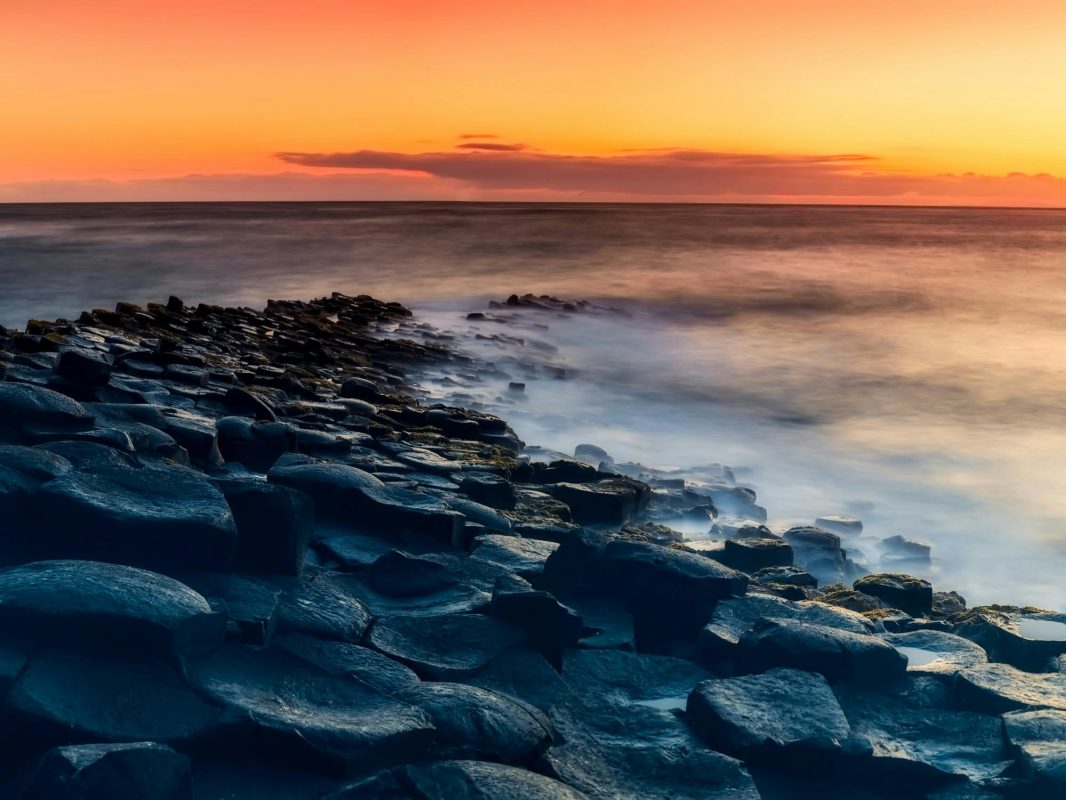Uncategorized
Mary Robinson and the Rise of Irish Gender Equality
The Day Mary Robinson Stood Up for a Nation and Changed the Face of Irish Politics Forever
Estimated reading time: 7 minutes
Key Takeaways
- Mary Robinson became the first female President of Ireland in 1990.
- Robinson’s presidency sparked a national conversation on gender equality.
- She inspired a new generation of women to participate in politics.
Table of Contents
Introduction
The Heart of the Story
The Wider Echo
The Now & The Next
Did You Know?
FAQs
Final Word
Introduction
It was a cauldron of change, that summer of 1990. The air crackled with hope, and Mary Robinson — a woman, a lawyer, a voice — stood at the forefront. In an Ireland thick with nostalgia and the remnants of oppression, Robinson wore the country’s heart on her sleeve, ready to breathe life into a spirit clamoring for authenticity and dignity.
The Heart of the Story
On November 7, 1990, history was made in Dublin, as Mary Robinson became the first female President of Ireland. A lawyer who had fought tirelessly for human rights, she represented a revolution feminist in nature — not just breaking glass ceilings but dismantling the whole building. Hers was a rain of fresh air falling softly on the stagnant politics of the past, a new dawn. With her election, the nation watched a woman step into shoes carved from struggles, hope, and change.
The Wider Echo
Her presidency ignited a deeper conversation on gender equality within Irish society, challenging traditional roles that confined women to the margins. “Women are not just in the kitchen; they are vital to the political fabric of our nation,” Robinson proclaimed, her voice a resonant call to arms. Ireland was at a crossroads, and Robinson carved a path towards progress, setting off ripples that would echo far beyond her tenure, compelling a generation to rethink what it meant to lead — on the global stage as well as at home.
The Now & The Next
Even now, as we face our current political landscape fraught with challenges — be it housing crises, inequality, or the ongoing whispers of emigration — Robinson’s legacy remains a touchstone. She opened doors that many are still rushing through, inspiring young women to step into the arena where their voices can also challenge, heal, and lead. Every time a woman defies expectation, every time a young person rallies for change, Mary’s fight continues. The flames she stoked still flicker strong in the hearts of those who refuse to be silenced.
Did You Know?
- Mary Robinson served as President of Ireland from 1990 to 1997 and was later appointed as the United Nations High Commissioner for Human Rights.
- She became a prominent advocate for climate justice, recognizing its intersectionality with human rights and social justice across the globe.
FAQs
What motivated Mary Robinson to enter politics?
Robinson has often cited her background in law and her commitment to human rights as key motivators. She aimed to make a tangible difference in the lives of Irish citizens, particularly marginalized communities.
How did Robinson impact women’s rights in Ireland?
She served as a beacon of change, advocating for issues such as reproductive rights and equality, helping to pave the way for future reforms in a traditionally conservative society.
Final Word
In the spirit of her unwavering tenacity, let us remember Mary Robinson not just as a former president but as a catalyst for truth and justice. Carrying her legacy is a responsibility we all share, whether we are in Dublin or among the Irish diaspora. If you carry the same pride we do, you’ll find a piece of home waiting at
HubIrish.com.

